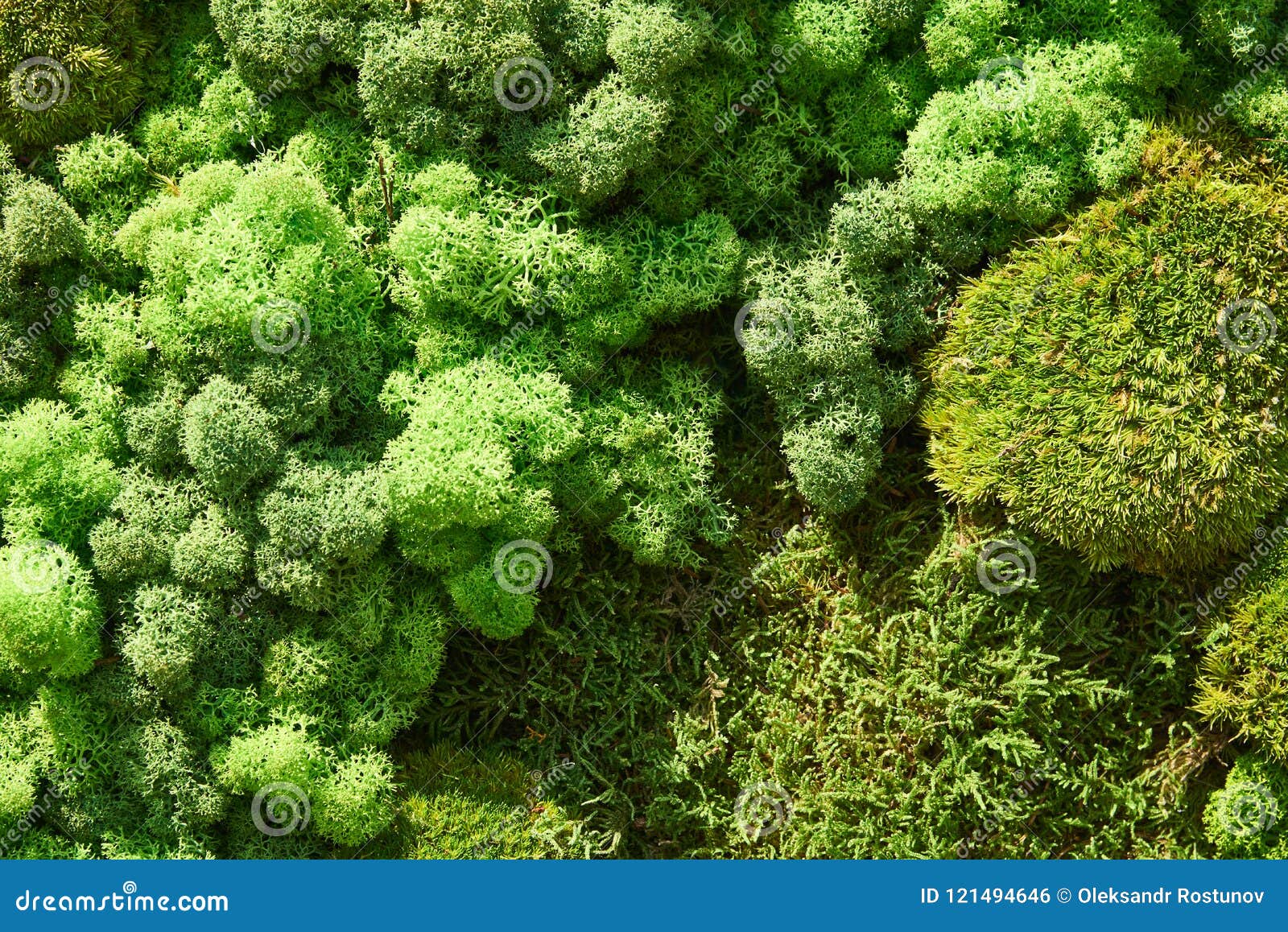

Up close, they look like tiny roots, but do not absorb water. This is thanks to rhizoids: tiny, sticky brown fibers that anchor the leafy tops to any surface. Mosses are able to grow on surfaces of all angles like vertical walls, and upside on ceilings or under rocky outcrops. Instead, they reproduce by themselves, and grow from spores that they spread when they mature. Unlike flowering plants, moss does not need to be pollinated to reproduce, and does not grow from seeds. This is why they can be seen thriving on surfaces without soil like trees, rocks, and in between cracks on walls sidewalks. In fact, they don't have roots at all! Instead, they absorb water and nutrients from the atmosphere through their leaves. Mosses do not absorb water through their roots. There are over 12,000 different species of moss, each with their own unique looks and characteristics. As a component of biological soil crusts, mosses trap airborne soil particles, reduce erosion, retain water and may enhance water infiltration.Moss is one of the first types of plants to adapt to dry land. They enrich ecosystems with organic matter, forming the basis of the food chain. Like all photosynthetic organisms, mosses are primary producers that build biomass through photosynthesis. Grimmia orbicularis accounts for 80 percent of the moss found on rock surfaces. At least 20 moss species are known to colonize biological soil crusts, with Syntrichia caninervis being the most common. There is no complete inventory of mosses and liverworts in Arches. Some species begin photosynthesizing less than one hour after being moistened. The most abundant mosses in Arches can remain dry for years, and will rehydrate in seconds after contact with water. Instead, moisture is absorbed directly into cells by osmosis. They lack the conductive tissue most plants use to transport water and nutrients. Mosses and liverworts are small, primitive, non-vascular plants. Most liverworts must be near water to survive, and are very rare in the park. They do best in shady canyons, north-facing slopes and at the bases of shrubs. Mosses can tolerate long periods of complete dehydration and occupy a variety of habitats in the park, including exposed rocks, biological soil crusts, riparian areas and sometimes trees. Mosses and liverworts are some of the many organisms found in Arches that most people do not associate with deserts.


 0 kommentar(er)
0 kommentar(er)
